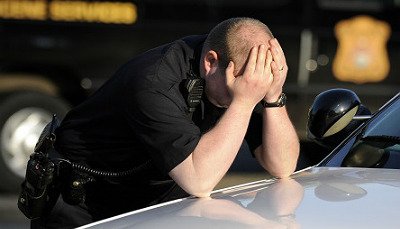Why It’s Important to Recognize That “Moonlight” Was Robbed Of Its Moment
This debacle brought into stark relief just exactly how messy it is and will continue to be to make traditionally white institutions more diverse and inclusive. In many cases, it will look like black people coming on stage to take away the very awards that white people presumed they would win and prepared themselves to receive. This is the scary part of what it means for white people to challenge white privilege: it means sometimes they will lose. More than that, it means they will have to endure the humiliation of losing when they were so entirely sure they had won.
Gluten-free diets: Where do we stand?
Nonetheless, “this is a medical intervention,” he said. “For those who just brush it off that this is a fad and a fashion lifestyle, be considerate of the people that survive on this diet. For people with celiac disease, the gluten-free diet is like insulin for diabetics.”
There is little research to support the idea that a gluten-free diet can help improve health problems aside from celiac disease or non-celiac gluten sensitivity, according to the US National Library of Medicine.
So how did gluten-free eating shift from a rare treatment approach to a trendy way of living? Here’s a look at the rise and fall of gluten and how the gluten-free diet has shaped public health over the years.
32 Blue Lives Matter Bills Have Been Introduced Across 14 States This Year
The wave of legislation exposes an appetite to provide political sanctuary to an already protected class. Including police officers in hate crime statutes is legally redundant, or even counterproductive, creating deeper divisions between police and the communities they serve. All 50 states, according to the Anti-Defamation League, have statutes that automatically increase the penalties for violent attacks on police.






